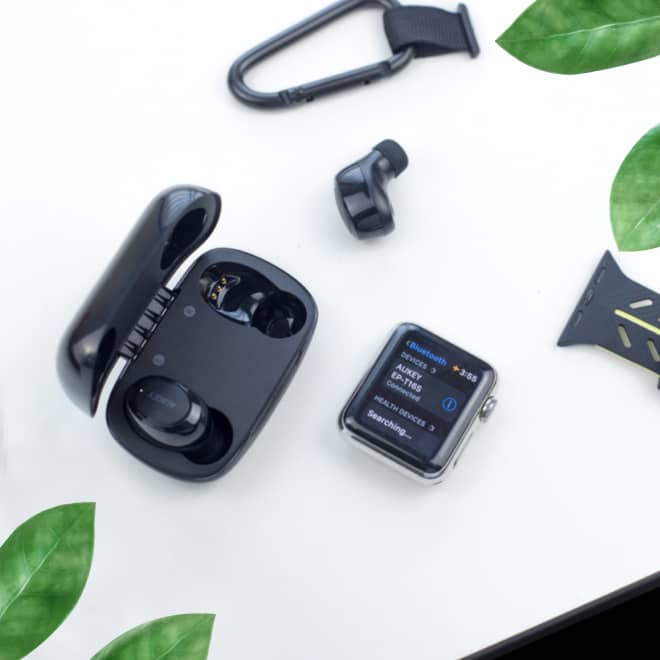October 30, 2025
The Impact of Sexualised Ads on Young Audiences
Sexualised advertising harms youth self-esteem and fuels anxiety. Learn why ethical, storytelling-driven campaigns are the future and how brands can adapt in 2025

By Brendan Creaser, Director of Business Development, Studio Bohemia Bay Studio
Picture a teenager, phone in hand, scrolling through Instagram. Ads flash by: a model in a barely-there dress, pouting seductively for a fast-fashion brand; another in heavy makeup, implying beauty equals success. These images don’t just sell products, they shape how young girls and boys see themselves. Sexualised advertising, rampant across fashion, cosmetics, and even food, harms youth, fuelling anxiety and unrealistic expectations. Yet, there’s a better way: storytelling-driven, non-harmful campaigns that empower rather than exploit. At Studio Bohemia Bay Studio in Cheltenham, we champion this shift, creating visuals that inspire. With 40,000 adverts bombarding kids yearly, it’s time for change. Let’s dive into why sexualised ads hurt, how ethical imagery uplifts, and how you can join us in 2025.
Sexualised Ads Hurt Young Minds
Flip open a social media app, and you’ll spot them: adverts with models in provocative poses, selling everything from jeans to burgers. These campaigns, often targeting youth, do more than grab attention, they wound. A 2025 study on ResearchGate reveals sexualised children’s ads, like ARMANI JUNIOR’s, harm psychophysical development, especially in girls aged 6–13. Balenciaga’s 2022 “Gift Collection” advert, featuring kids with bondage teddy bears, sparked outrage, with #cancelbalenciaga trending for exploiting young audiences (The New York Times, 2022). Calvin Klein’s 2023 advert with FKA Twigs, focusing on nudity over clothing, got banned for objectification (The Guardian, 2024).
The fallout? Young girls face a 60% drop in self-esteem from body-centric imagery (Halliwell & Dittmar, 2004). Boys absorb toxic masculinity, viewing women as objects (APA, 2007). Anxiety spikes, body dysmorphia festers, and trust in brands crumbles, 40% of consumers ditch companies pushing harmful visuals (Fournier & Srinivasan, 2018). We view these ads not as just a misstep; they’re a betrayal of the next generation.
Storytelling Ads Uplift and Connect
Now, imagine an advert that doesn’t sell a fantasy body but a real story. Coca-Cola’s 2023 “Create Real Magic” campaign invited fans to craft AI-driven art, celebrating creativity over skin, racking up millions of engagements (GWI, 2024). Maybelline’s 2023 UK mascara campaign used CGI on London’s tubes to showcase lash-lengthening magic, not seduction, earning praise for innovation (Creative Review, 2023). These campaigns prove you don’t need raunchy visuals to win hearts.
Why do they work? Authentic, story-driven ads boost likability by 15–25% (Edwards & La Ferle, 2009). ResearchGate (2025) notes non-sexualised imagery lifts youth self-esteem, fostering confidence. At Bohemia Bay Studio, our Non-Harmful Imagery Guidelines bring this to life: we cast diverse models, secure consent, and focus on how products solve problems. Picture a Cheltenham boutique’s campaign, highlighting how their coats keep locals warm and stylish in winter, not how they’ll make you “hot.” Unlike Balenciaga’s blunders, our approach builds trust, connecting brands with youth who crave authenticity, 73% of Gen Z prefer ethical companies (Nielsen, 2023).
How You Can Create Youth-Safe Ads in 2025
Ready to ditch harmful ads? You can craft campaigns that protect young audiences and still shine. Here’s how:
- Cast real people. Choose models of all sizes, ages, and backgrounds to mirror your audience, not a fantasy.
- Solve problems. Show how your product helps, think makeup for self-expression, not allure.
- Prioritise consent. Use clear agreements and check model comfort throughout shoots.
Bohemia Bay Studio, nestled at 14/337 Bay Road, Cheltenham, makes this easy. Our commercial studio for hire, kitted out for fashion, e-commerce, and branding shoots, delivers story-driven visuals. Whether you’re a local startup or a global name, book our Melbourne Photography Studio to create adverts that inspire, not injure.
Let’s Build a Better Future
Sexualised ads scar young minds, but storytelling-driven campaigns heal and connect. In 2025, brands like Coca-Cola and Maybelline show that honest narratives trump exploitative visuals. At Bohemia Bay Studio in Cheltenham, we’re paving the way with our Non-Harmful Imagery Guidelines, crafting adverts that empower youth and earn trust. You can join us. Hire our studio to create campaigns that solve problems and spark joy. Visit www.bohbay.com.au to start. After all, great advertising doesn’t just sell, it shapes a world where kids can thrive.
References
- ResearchGate (2025). “The sexualisation of children through advertising, fashion brands and media.”
- Pediatrics (2006). “Children, Adolescents, and Advertising.”
- Halliwell, E., & Dittmar, H. (2004). Psychology & Marketing.
- Fournier, S., & Srinivasan, S. (2018). Journal of Brand Management.
- Edwards, S. M., & La Ferle, C. (2009). Journal of Advertising Research.
- Keller, K. L. (2020). Journal of Consumer Marketing.
- Nielsen (2023). “Consumer Trends Report.”
- The New York Times (2022). “What to Know About Balenciaga’s Campaign Controversy.”
- The Guardian (2024). “Calvin Klein ad with singer FKA twigs banned.”
- GWI (2024). “16 of the best marketing campaigns to know in 2024.”
- Creative Review (2023). “Advertising campaigns of the year 2023.”
No items found.






-min.jpg)


